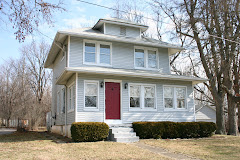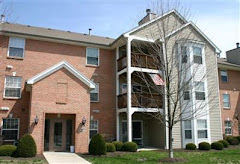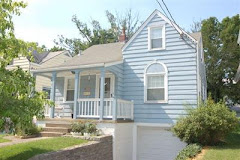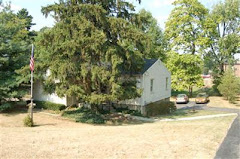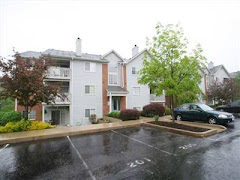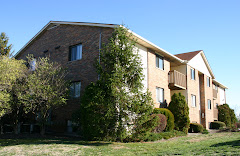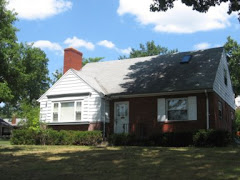 U.S. Housing and Urban Development Secretary, Shaun Donovan, announced today that the Federal Housing Administration (FHA) will allow homebuyers to apply the federal $8,000 first-time homebuyer tax credit toward the purchse costs of an FHA insured home loan.
U.S. Housing and Urban Development Secretary, Shaun Donovan, announced today that the Federal Housing Administration (FHA) will allow homebuyers to apply the federal $8,000 first-time homebuyer tax credit toward the purchse costs of an FHA insured home loan. The American Recovery and Reinvestment Act of 2009 offers home buyers a tax credit of up to $8,000 for purchasing their first home. Buyers can access this credit after filing their tax returns with the IRS. Today's announcement details FHA's rules allowing state finance housing agencies to "monetize" up to the full amount of the tax credit so that the borrowers can immediately apply the funds toward their down payment. Home buyers using FHA-approved lenders can apply tax credit to their down payment in excess of 3.5% required of their own funds which can help reduce their interest rate or lower their borrowed amount. To read the FHA's new mortgagee letter please visit HUD's website.
Currently, borrowers applying for an FHA insured mortgage are required to make a minimum down payment of 3.5%. Current law does not permit approved lenders to monetize the tax credit to meet the required 3.5% minimum down payment; but under the terms of today's announcement lenders can now monetize the tax credit for use as additional down payment, or for other closing costs. In addition to the borrower's own cash investment, FHA allows parents, employers and other governmental entities to contribute towards the down payment. This program will allow home buyers to shop for the best price and services using their anticipated tax credit. These purchases may also free up existing home owners to purchase another home because a first time buyer purchased their home.
For a personalized discussion about how this may affect your own situation please call the Schrand Team at 513-347-1715.





